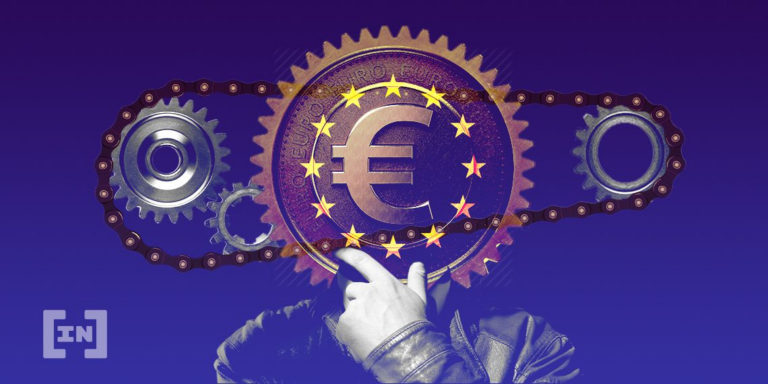Polkadot is a multi-chain blockchain platform designed to facilitate interoperability between different blockchains. It was created by Dr. Gavin Wood, one of the co-founders of Ethereum. The Polkadot network enables different blockchains to transfer messages and value in a trust-free fashion.
Key features of Polkadot include:
1. **Interoperability:** Polkadot allows different blockchains to communicate and share information, enabling them to work together in a decentralized way.
2. **Scalability:** Polkadot is designed to scale by connecting multiple blockchains, referred to as “parachains,” to a central relay chain. This architecture helps prevent the entire network from being bogged down by congestion on one particular chain.
3. **Shared Security:** Rather than each blockchain on Polkadot having its own validators and security model, they share the security provided by the relay chain. This can enhance security and reduce the need for individual blockchains to maintain their security infrastructure.
4. **Governance:** Polkadot incorporates a governance model that allows token holders to vote on proposed changes to the network, making it a more democratic and community-driven platform.
5. **Upgradability:** Polkadot is designed to be easily upgradeable without causing disruptions to the network. This feature allows for the implementation of improvements and new features over time.
It’s worth noting that the blockchain space is dynamic, and developments may have occurred since my last update in January 2022. Therefore, I recommend checking more recent sources for the latest information on Polkadot.





















+ There are no comments
Add yours